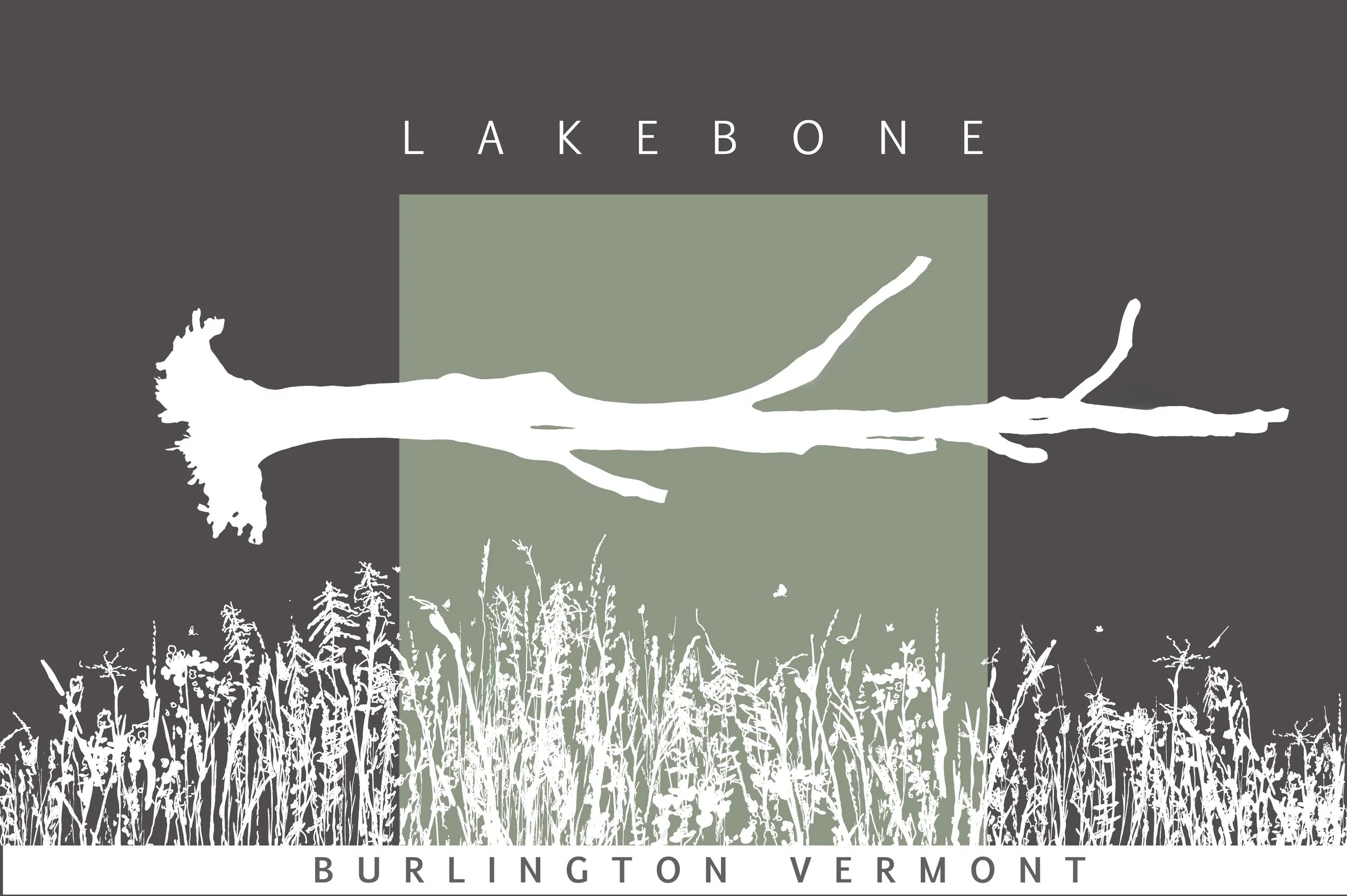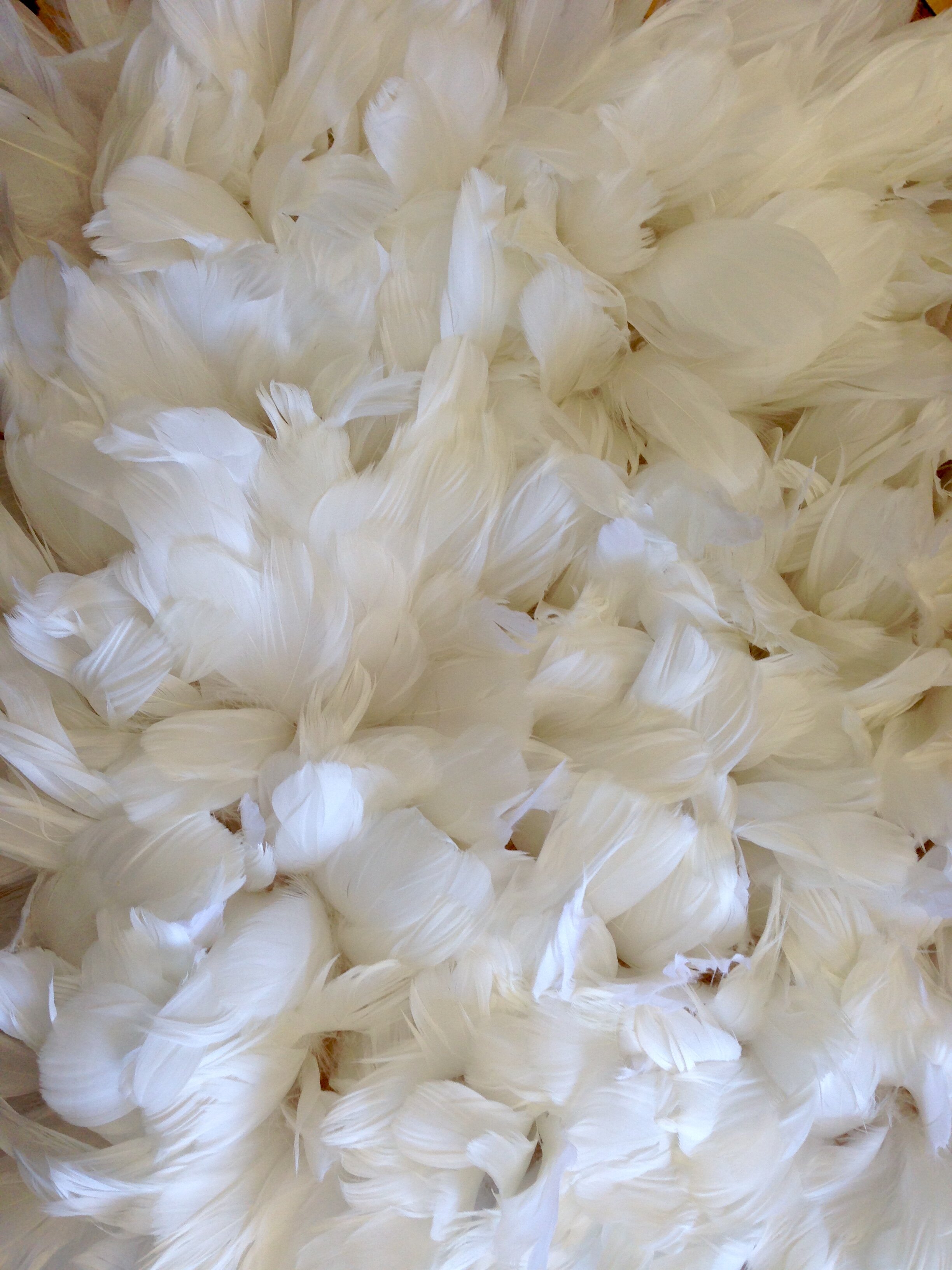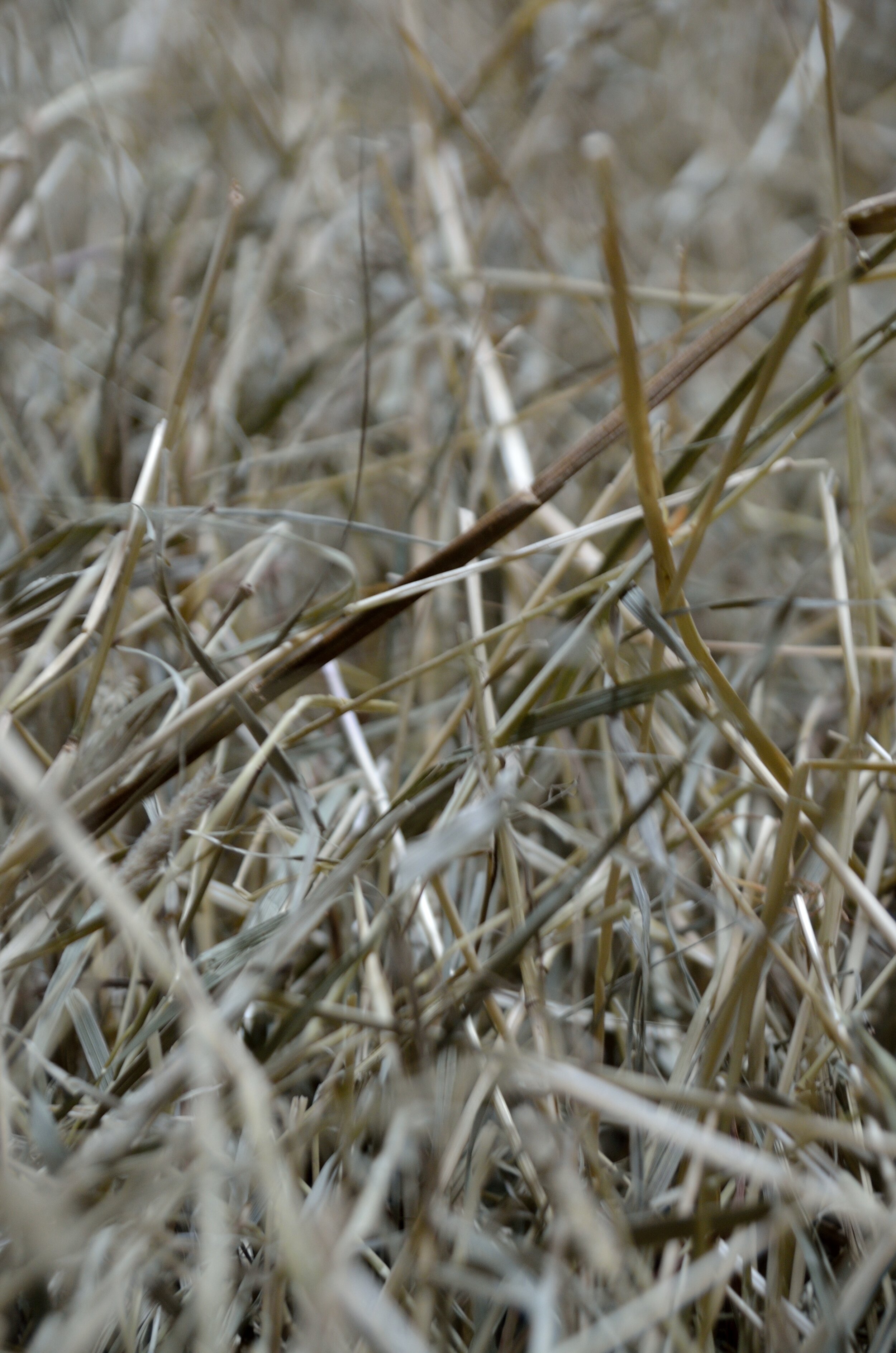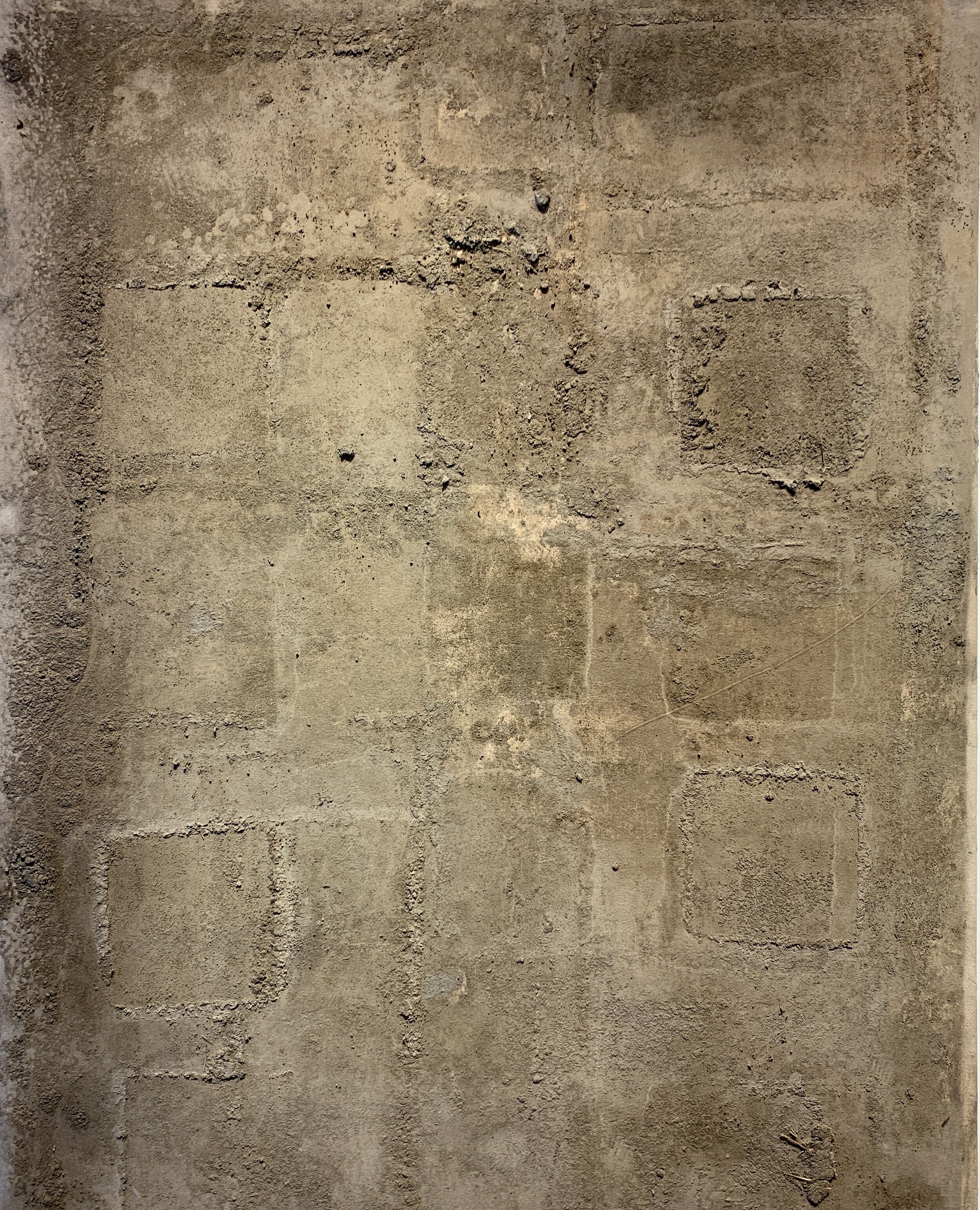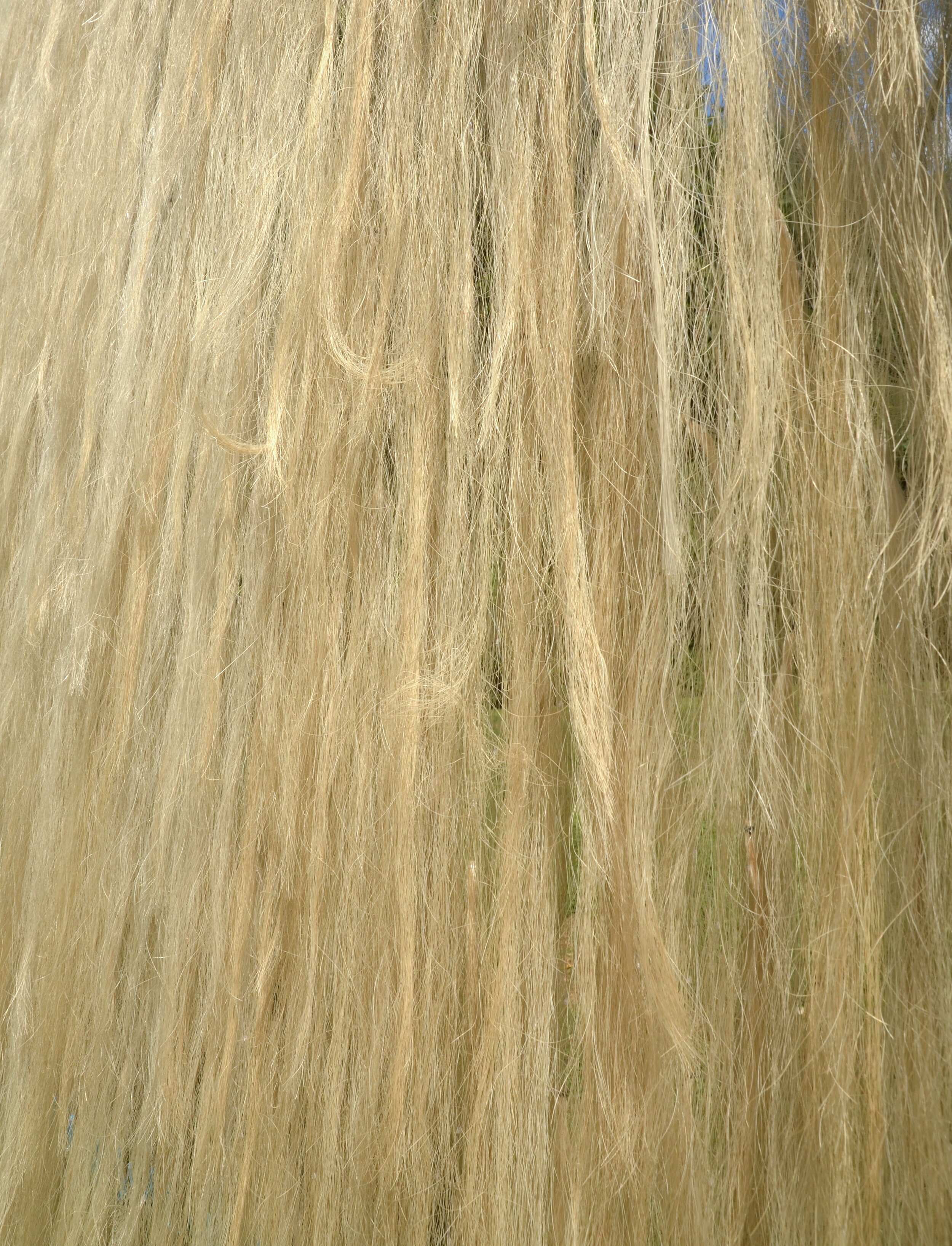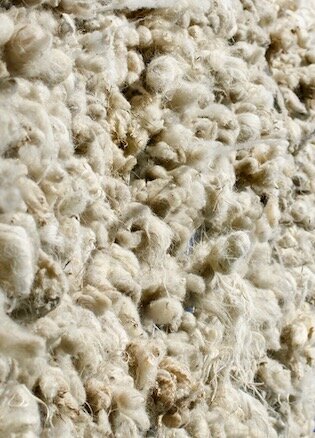PERMANENT-ENVIRONMENTAL-PUBLIC ART-CREATIVE CONSERVATION COLLABORATIVE-COMMISSION
TITLE: Lakebone
COMMISSIONED BY: City of Burlington, Burlington City Arts, Burlington, Vermont
TEAM: Nancy Winship Milliken, Ben Graham, Industrial Four, Lorna Loy, Andrew Milliken
POLLINATOR HABITAT: Bee the Change
ENGINEER: John Higgins, Artisan Engineering
EXPECTED INSTALL DATE: Summer 2026
elevation drawing with pollinator habitat
Lakebone is a large whitened tree suspended over a pollinator meadow to be located on Main Street in Burlington Vermont. Viewers will be able to walk and bike on either side of the habitat while under the spread of branches.
The design of the Main Street sculpture offers the opportunity to tell two stories. One looks back at the history of Burlington’s waterfront and the other looks forward towards the future health of the lake through sustainable forestry and management of Lake Champlain tributary watersheds. By restoring and maintaining riparian and floodplain forests and dead wood in the rivers and lake, these conservation efforts provide habitat, increase resilience to future floods, reduce nutrient input and improve water quality. The trees of Vermont have been a big part of the development of our cities and towns. Ultimately the stories are told through the history of the tree and the field plants in the installation.
In 1854, the railroad service reached Burlington and the lumber industry came to dominate Burlington’s waterfront, establishing the city as America’s third largest lumber port. By the end of the Civil War, Vermont was 80 percent deforested, soil erosion was contaminating waterways and reducing the populations of fish and wildlife. In response, Vermont’s Joseph Battell, Frederick Billings, William Seward Webb, and George Perkins Marsh created a conservation legacy in Vermont and beyond that has continued to the present day. The future health of our lake and by extension the Burlington community depends on learning from the past and supporting conservation, sustainable land use and stormwater mitigation efforts today.
TREE
Concepts:
● The whitened, organic and iconic form of tree in an elevated horizontal presentation offers concepts of floating
trees or driftwood on Lake Champlain and watershed rivers
● The white represents the limestone in the bedrock around the lake and references driftwood
● Reverence for trees is a main theme of the installation. The forests in Vermont, from the mountains, in the
floodplains to the lake are represented in this elevated driftwood tree
● This nature centric memorial cradles, honors, and evokes stories of the trees of Vermont
Scale:
● The 40 foot tree ensures a monumental installation that will be seen from distances. at 12-20 feet, the height allows for safety, and visibility for cars and viewers from up and down Main Street.
● The viewer’s perspective to trees changes when they can walk along the whole length of the installation
STEEL STRUCTURE
The steel structure was chosen for longevity and low maintenance and relates to the city infrastructure. The raw steel is powder coated clear. The minimal steel posts are designed to disappear, giving the appearance of a floating tree. It supports and cradles the tree above the viewer’s head.
SITE
This unique site has a black glass building at the end of the alcove which allows, when the leaves are down, a reflection of the whitened sculpture. A floating tree, ghostlike. The alcove also has a large live vertical tree which the horizontal tree bisects. The proximity of the live maple tree is important to the concepts of the installation.
POLLINATOR HABITAT DESIGN
A variety of heights and colors of hardy pollinator friendly plants and shrubs will be installed into the 50’ long bed.
● Pollinator habitat does more than soften the transition between the hardscape and sculpture elements, it adds a dynamism- shifting in a day, and with the seasons, like the lake, constant motion in a static landscape.
● It brings upper and lower elements in relation as stalks and vines grow towards the tree. It improves water infiltration with deep rooted plants in the rainwater collection sites working towards a cleaner lake and adds diversity to this human dominated landscape with native plants, their blossoms nodding heavily with the visiting pollinators.
● The pollinator meadow provides a natural habitat and incorporates movement (from wind and pollinators), and seasonal change to a static sculpture. It brings color to the black and white steel structure and tree. The habitat also embraces the theme of reverence for the fields of Vermont and the importance pollinators have for ecosystems and agriculture.
● The design of the meadow creates an entrance (and exit) into the installation and slows the viewer down as they witness the plants, and pollinators below and the tree above.
● Viewers, exposed to the pollinators, leads to positive experiences and that could lead to engagement in conservation efforts
CONSERVATION AND EDUCATION EFFORTS
There are a number opportunities to extend the reach of the meadow and tree installation by interpreting and educating the public about historic landscape conservation efforts.
Conservation of riparian and floodplain forests and fields in tributary watersheds of Lake Champlain (and throughout Vermont) improve water quality, increase resilience to flooding, help mitigate climate change and restore and sustain diversity of plants, wildlife and fish (or biological diversity) through connecting networks of healthy lands and waters.
